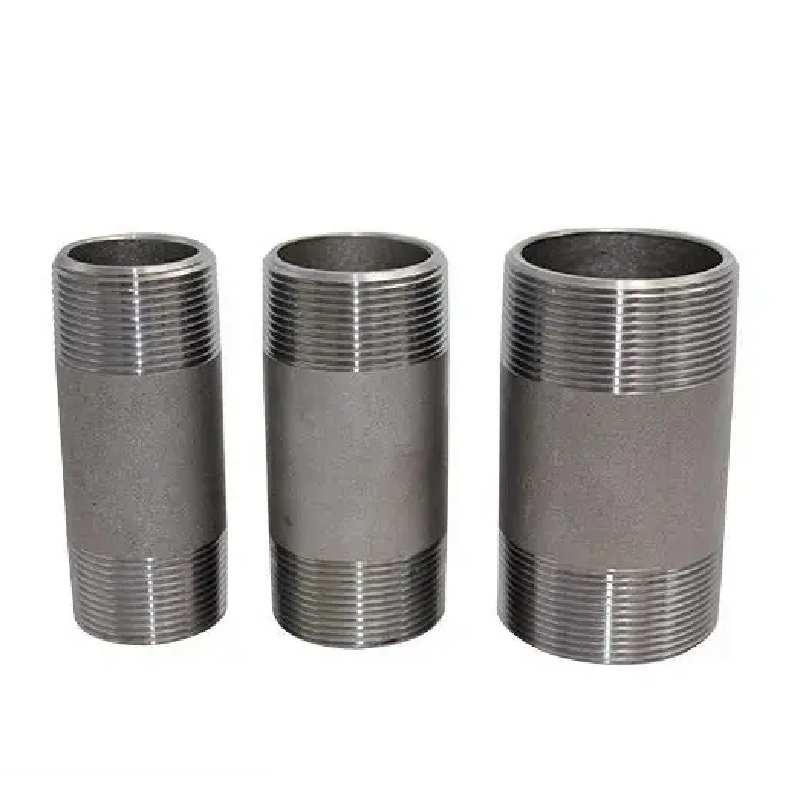-
Cangzhou Yulong Steel Co., Ltd.
-
Phone:
+86 13303177267 -
Email:
admin@ylsteelfittings.com
- English
- Arabic
- Italian
- Spanish
- Portuguese
- German
- kazakh
- Persian
- Greek
- French
- Russian
- Polish
- Thai
- Indonesian
- Vietnamese
- Zulu
- Korean
- Uzbek
- Hindi
- Serbian
- Malay
- Ukrainian
- Gujarati
- Haitian Creole
- hausa
- hawaiian
- Hebrew
- Miao
- Hungarian
- Icelandic
- igbo
- irish
- Japanese
- Javanese
- Kannada
- Khmer
- Rwandese
- Afrikaans
- Albanian
- Amharic
- Armenian
- Azerbaijani
- Basque
- Belarusian
- Bengali
- Bosnian
- Bulgarian
- Catalan
- Cebuano
- China
- China (Taiwan)
- Corsican
- Croatian
- Czech
- Danish
- Esperanto
- Estonian
- Finnish
- Frisian
- Galician
- Georgian
- Kurdish
- Kyrgyz
- Lao
- Latin
- Latvian
- Lithuanian
- Luxembourgish
- Macedonian
- Malgashi
- Malayalam
- Maltese
- Maori
- Marathi
- Mongolian
- Myanmar
- Nepali
- Norwegian
- Norwegian
- Occitan
- Pashto
- Dutch
- Punjabi
- Romanian
- Samoan
- Scottish Gaelic
- Sesotho
- Shona
- Sindhi
- Sinhala
- Slovak
- Slovenian
- Somali
- Sundanese
- Swahili
- Swedish
- Tagalog
- Tajik
- Tamil
- Tatar
- Telugu
- Turkish
- Turkmen
- Urdu
- Uighur
- Welsh
- Bantu
- Yiddish
- Yoruba

Sep . 19, 2024 20:03 Back to list
ansi flange types
Understanding ANSI Flange Types A Comprehensive Overview
Flanges are essential components in pipeline systems, providing a reliable means of connecting pipes, valves, and other equipment. Among the various standards governing flange design, the American National Standards Institute (ANSI) is prominent. ANSI flange types are vital for ensuring compatibility and safety across different industrial applications, and understanding these types can significantly aid in the design and maintenance of piping systems.
Understanding ANSI Flange Types A Comprehensive Overview
The most widely used ANSI flange shape is the Flat Face flange. This design features a flat sealing surface that allows for compatibility with flat surfaces of the connected components. While Flat Face flanges are advantageous for preventing leaks in certain scenarios, they are not always suitable for high-pressure applications.
ansi flange types

Another notable ANSI flange type is the Raised Face flange, characterized by a raised section around the bolt holes. This design offers improved sealing capabilities, particularly in high-pressure systems, as it provides a better surface for the gasket to compress against. Raised Face flanges are prevalent in various industrial applications, making them a favored choice among engineers and designers.
Socket Weld and Slip-On flanges are also popular choices in ANSI standards. Socket Weld flanges are designed for high-pressure applications and consist of a pipe that fits into a socket on the flange, providing a strong weld joint. Conversely, Slip-On flanges slide over the pipe before being welded, making installation simpler and more cost-effective, but they are generally used in lower pressure applications.
In terms of materials, ANSI flanges can be crafted from various metals, including carbon steel, stainless steel, and alloyed metals. The choice of material depends on factors such as the nature of the fluid being transported, temperature, and corrosion resistance requirements.
Ultimately, selecting the appropriate ANSI flange type is crucial for ensuring the integrity and longevity of piping systems. Engineers must consider factors such as pressure ratings, flange designs, and material compatibility to achieve optimal performance and safety. By understanding ANSI flange types, professionals can make informed decisions that support efficient and reliable piping operations across a range of industries.
Latest news
-
ANSI 150P SS304 SO FLANGE
NewsFeb.14,2025
-
ASTM A333GR6 STEEL PIPE
NewsJan.20,2025
-
ANSI B16.5 WELDING NECK FLANGE
NewsJan.15,2026
-
ANSI B16.5 SLIP-ON FLANGE
NewsApr.19,2024
-
SABS 1123 FLANGE
NewsJan.15,2025
-
DIN86044 PLATE FLANGE
NewsApr.19,2024
-
DIN2527 BLIND FLANGE
NewsApr.12,2024
-
JIS B2311 Butt-Welding Fittings LR/SR 45°/90° /180°Seamless/Weld
NewsApr.23,2024











